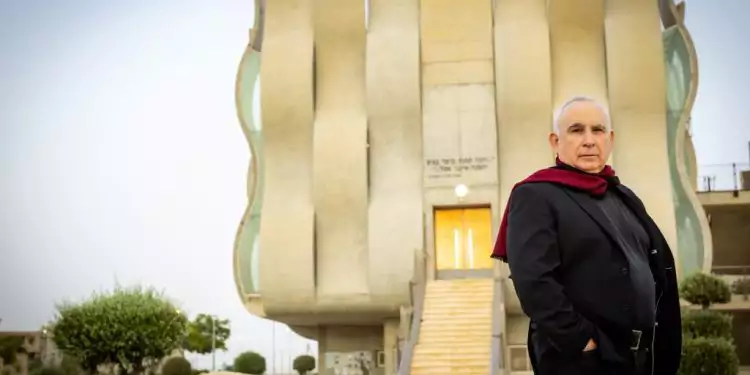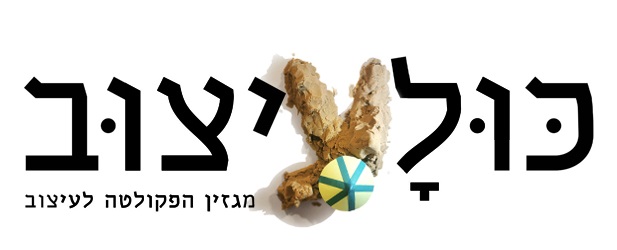בתקשורת

"הסנה הבוער": האיש שתכנן את בית הכנסת הייחודי בבית הספר לקצינים

- אלישיב רייכנר
להבות הבטון העוטפות את בית הכנסת "הסנה הבוער", בולטות לעיניהם של מבקרי בה"ד 1 . לרגל הוצאתו לאור של ספר אלבומי על המבנה הייחודי, מספר האדריכל אליעזר ארמון על מקורות ההשראה המגוונים שלו: אומנויות לחימה, תורת הקבלה ומרחבי הנגב

שבוע הספר 2016: ספרי האדריכלות הישראליים ממשיכים להאמין בדפוס

- מיכאל יעקובסון
קהל הקוראים אינו גדול ומחירי הספרים אינם גבוהים, אבל האדריכלות הישראלית זוכה לעדנה על הנייר. מיכאל יעקובסון עם היבול השנתי שמגיע לשבוע הספר

רציף חמישי יתווסף לתחנת רכבת מרכז בבאר שבע

- אליעזר ארמון
האדריכל אלי ארמון, העומד מאחורי תכנון התחנה ואשר הופקד על פרויקט ההרחבה מספר: "הרחבת התחנה היא עדות לכך שהחזון של הצמחת הפריפריה מתממש, והעיר עצמה הופכת למטרופולין"

בניין הוא סיפור?

- אליעזר ארמון
אם אדריכלות היא שפה, בניין הוא סיפור" הוא ספרו החדש של האדריכל אליעזר ארמון

אדריכלי החלומות: אלי ארמון

- מיכאל יעקובסון
האדריכל, המשמש גם כראש ועדת ההסברה של עמותת האדריכלים העצמאיים, מחבר רוח לחומר בבניינים פונקציונליים בעלי משמעות רעיונית

הקטרים באים: קו הרכבת החדש של גוש דן נחשף

- מיכאל יעקובסון
אלמנט בולט נוסף בתחנת וולפסון הוא חרטום הזכוכית, שנצפה היטב מנתיבי איילון ודומיננטי גם במבט הנשקף מהרציפים (צילום: אמית הרמן)
